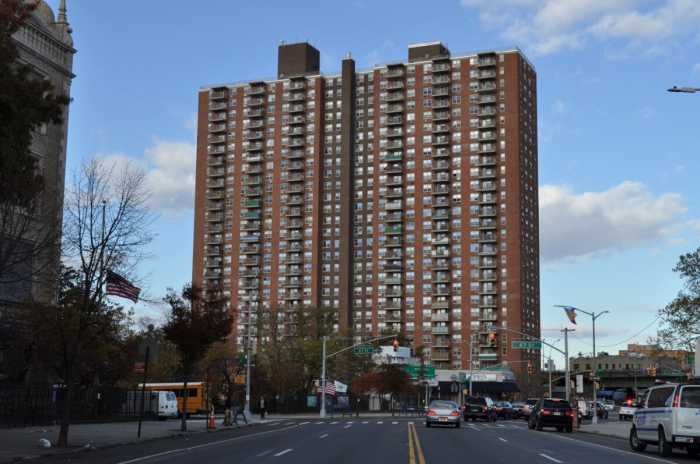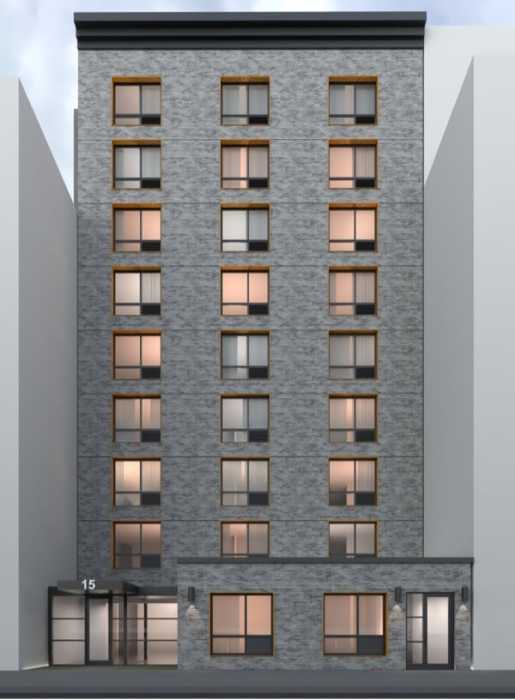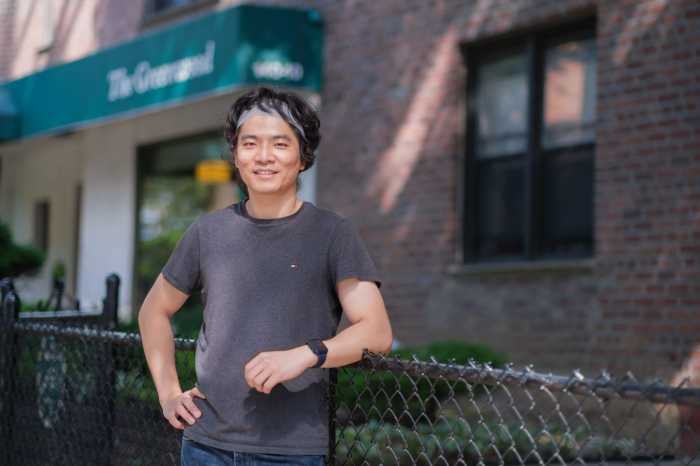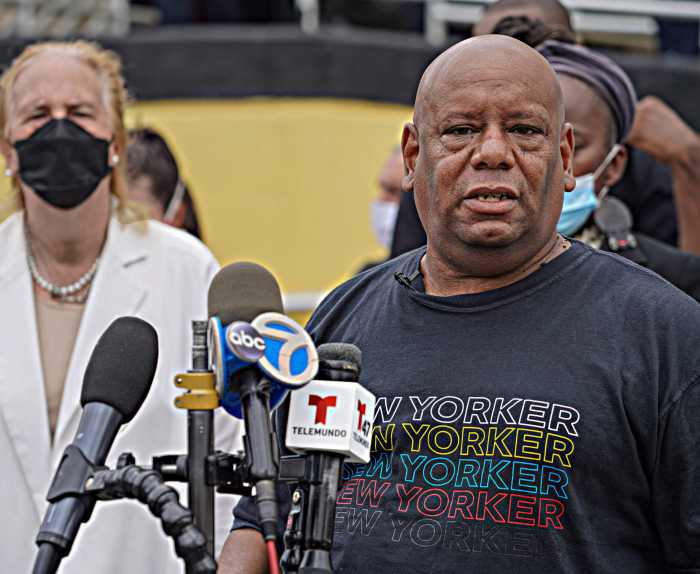Last week, I saw a tweet from a Brooklyn City Council member documenting his trouble finding an apartment to rent in his district. He looked at 20 places, applied for five and got zero. He said that aging out of his parents’ house shouldn’t mean aging out of his community. This young man happens to come from Bed-Stuy but in a couple of simple but power tweets, he summed up the challenges facing every community in our city as the housing and affordability crisis squeezes us all more every day.
So far, our State legislators aren’t exactly answering the call. I understand this isn’t a simple issue and the solutions mean things could change in parts of the City but the price of doing nothing will force more young people and families to flee the City in hopes of finding an affordable place to live. We need Albany to act in this budget — due on April 1 — and they must be decisive in their steps.
The State Senate in its one house budget embraced the conversion of commercial buildings for residential units where the City determines it makes sense. The Senate also embraced Governor Kathy Hochul’s plans to provide tax incentives for those conversions that opt to build affordable housing. The Assembly unfortunately was silent on both issues, but many members have spoken in favor of these ideas and there is reason to believe the Assembly will step up on these issues in the final budget. We hope.
But both sides are shying away from the most meaningful part of Governor Hochul and Mayor Adams plans to build new housing: lifting the 1960s-era rules that limit the size of residential buildings. The so-called Floor Area Ratio (FAR) cap, which curtails the height of residential building, places an outdated limit on the amount of housing we can build in the city. Yes, there are massive buildings for the uber-rich, but that’s because the convoluted process they need to go through to build those buildings makes it too expensive to build affordable or even at-market rate rental buildings.
We can make it much simpler and fairer, so developers who want to build affordable or at-market rate buildings can do it. We need them to do it. It’s the most important thing we can do to increase the amount of housing we have in the City.
That doesn’t mean we are asking the State Legislature to impose taller building all over the City. It doesn’t mean we are asking the State Legislature to override City zoning. That is not what would happen if the Legislature lifted the FAR cap. Instead, it would trigger a process controlled by the City, informed by Community Board and other stakeholders, to decide where to allow taller residential building. It would empower the City to chart its future without outdated restraints imposed by Albany.
I have been through enough rezonings to know that community voices are powerful in this process. Local voices matter, local City Council members’ matter. Lifting the FAR doesn’t guarantee anything more than a process to allow the key stakeholders in the City to decide together where to build taller. In addition, any rezoning would trigger a requirement for affordable housing through the mandatory inclusionary housing program (MIH). That’s how we get more housing and more affordable housing.
The FAR cap dates back to the days when JFK was president, when the Empire State Building was our tallest building and eggs were 57 cents a dozen. That’s a long time ago, and it’s long overdue for Albany to give New York City back the ability to control its future. The new reality today is far different from those days, and the pressure on Black and Brown families in communities like Bed-Stuy is especially acute. It’s time to scrap the FAR cap and allow the City and its stakeholders to decide where, if anywhere, to build taller residential buildings.
The alternative is as clear as the City Council Member’s tweets: More young people priced out of the City, forced to raise their families elsewhere because they cannot afford to live in their own neighborhoods. As a long-time New Yorker who has dedicated much of her life to building a better, more equitable City, that is not a future I want to embrace. We can do better. It starts with Albany giving the City the power to do better. The housing and affordability crisis will not solve itself. Albany, it’s time to act.
C. Virginia Fields served as the former Manhattan Borough President from 1998 to 2005 and is currently the President & CEO of the National Black Leadership Commission on Health.
































